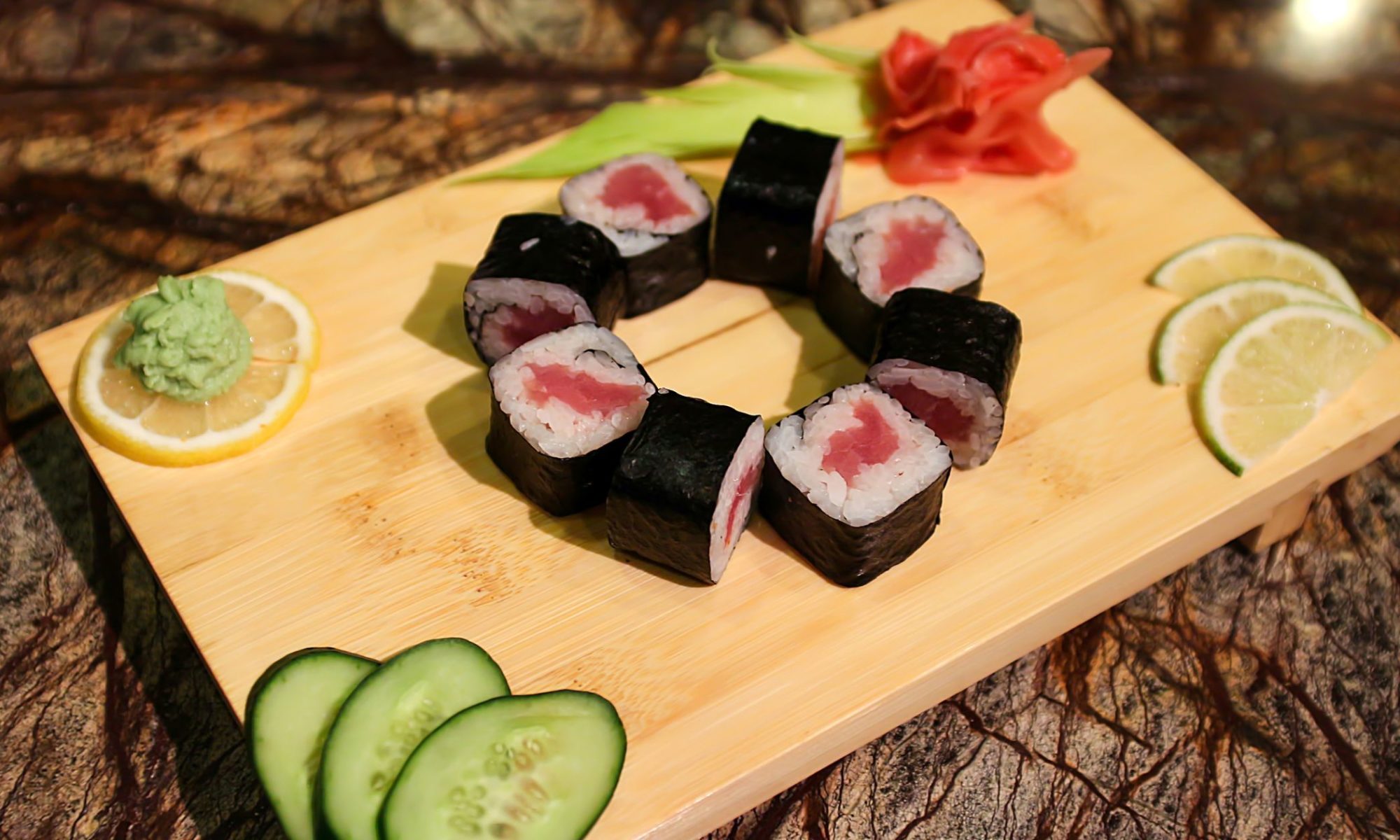In the vast and colorful tapestry of Japanese cuisine, Tekka Maki holds a special place, embodying the simplicity, elegance, and depth of flavors that Japanese food is celebrated for. Tekka Maki, or tuna roll sushi, is a classic sushi type that marries the rich taste of fresh tuna with the subtle tang of sushi rice, all wrapped in a crisp nori (seaweed) sheet. This article will guide you through the steps to create your own Tekka Maki at home, diving into the history, techniques, and tips to ensure your sushi is as authentic and delicious as it can be.
Understanding Tekka Maki
Before we embark on the culinary journey of making Tekka Maki, it’s essential to appreciate its components. Tekka Maki is a type of Hosomaki, which translates to “thin roll.” It typically consists of a single ingredient – in this case, tuna – rolled with sushi rice in nori. The key to its preparation lies in the quality of ingredients and the precision of technique, elements that are paramount in Japanese cuisine.
Ingredients You’ll Need
Sushi Rice: The foundation of any sushi, the rice must be cooked and seasoned to perfection. You’ll need short-grain sushi rice, rice vinegar, sugar, and salt.
Tuna (Maguro): Look for sushi-grade tuna to ensure freshness and quality. The tuna should be bright in color, firm to the touch, and devoid of any fishy odor.
Nori (Seaweed Sheets): Select high-quality nori that’s crisp and without any tears or blemishes.
Wasabi and Soy Sauce: For serving. Wasabi adds a spicy kick, while soy sauce complements the flavors of the fish and rice.
Equipment Required
- Bamboo sushi rolling mat
- Sharp knife
- Rice cooker (optional but recommended)
- Plastic wrap (to keep the mat clean)
Step-by-Step Guide to Making Tekka Maki
Preparing the Sushi Rice
- Rinse the Rice: Begin by rinsing 2 cups of sushi rice under cold water until the water runs clear. This step removes excess starch, ensuring the rice will be fluffy and not too sticky.
- Cook the Rice: Cook the rice according to the package instructions or in a rice cooker. Once cooked, let it sit for about 10 minutes with the lid on to steam.
- Season the Rice: Mix ¼ cup of rice vinegar, 2 tablespoons of sugar, and 1 teaspoon of salt in a small saucepan. Heat until the sugar and salt dissolve. Transfer the cooked rice to a large bowl and gently fold in the vinegar mixture with a wooden spatula. Allow the rice to cool to room temperature before using.
Preparing the Tuna
- Slice the Tuna: Cut the tuna into long, thin strips about ¾ inch thick. The length should be slightly less than the width of your nori sheet.
Assembling the Tekka Maki
- Prepare Your Rolling Mat: Cover your bamboo mat with plastic wrap to prevent sticking and to keep it clean.
- Lay Out the Nori: Place a sheet of nori shiny side down on the mat. With wet hands (to prevent sticking), spread a thin layer of rice evenly over the nori, leaving about ½ inch of nori exposed at the top edge.
- Add the Tuna: Place a strip of tuna along the bottom edge of the rice-covered nori.
- Roll the Maki: Begin rolling from the bottom edge, using the mat to firmly but gently compact the roll into a cylindrical shape. Ensure the exposed nori at the top sticks to the roll to seal it.
- Cut the Roll: With a sharp, wet knife, cut the roll into six or eight equal pieces. Wetting the knife prevents the rice from sticking and ensures clean cuts.
Serving Your Tekka Maki
Arrange the Tekka Maki on a plate with the cut side facing up. Serve with small amounts of wasabi and soy sauce for dipping. The beauty of Tekka Maki lies in its simplicity, allowing the quality of the ingredients to shine through.
Tips for Perfect Tekka Maki
- Rice Consistency: The rice should be sticky but not mushy. Achieving the right consistency is crucial for the roll to hold together.
- Quality of Ingredients: Use the freshest, highest-quality ingredients possible, especially the tuna, as it is the star of the dish.
- Practice: Rolling sushi is an art that requires practice. Don’t be discouraged if your first few rolls are less than perfect.
Also Read: Maki Roll vs. Hand Roll – What’s the Difference
Conclusion
Making Tekka Maki at home can be a rewarding experience, offering a taste of Japan’s rich culinary tradition. Whether you’re a seasoned sushi maker or a newcomer to the art, the process of creating these simple yet delicious rolls can be a delightful culinary adventure. With fresh ingredients, a bit of patience, and a willingness to learn, you can bring a piece of Japanese cuisine into your kitchen, sharing the joy of sushi with friends and family. Enjoy the process, and savor every bite of your homemade Tekka Maki.

